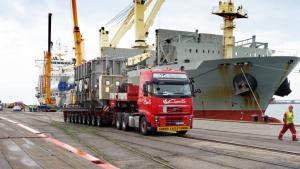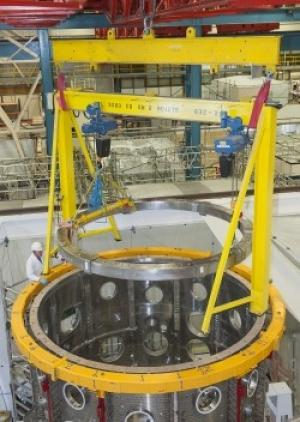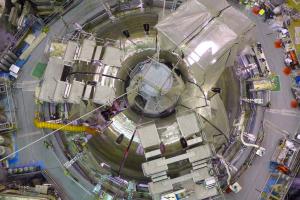What’s New
20 April 2015
ITER news digest for the period of 13 April 2015 to 20 April 2015.

Another day, another transformer...

MAST-Upgrade coil installation completed

Studying plasma physics online




